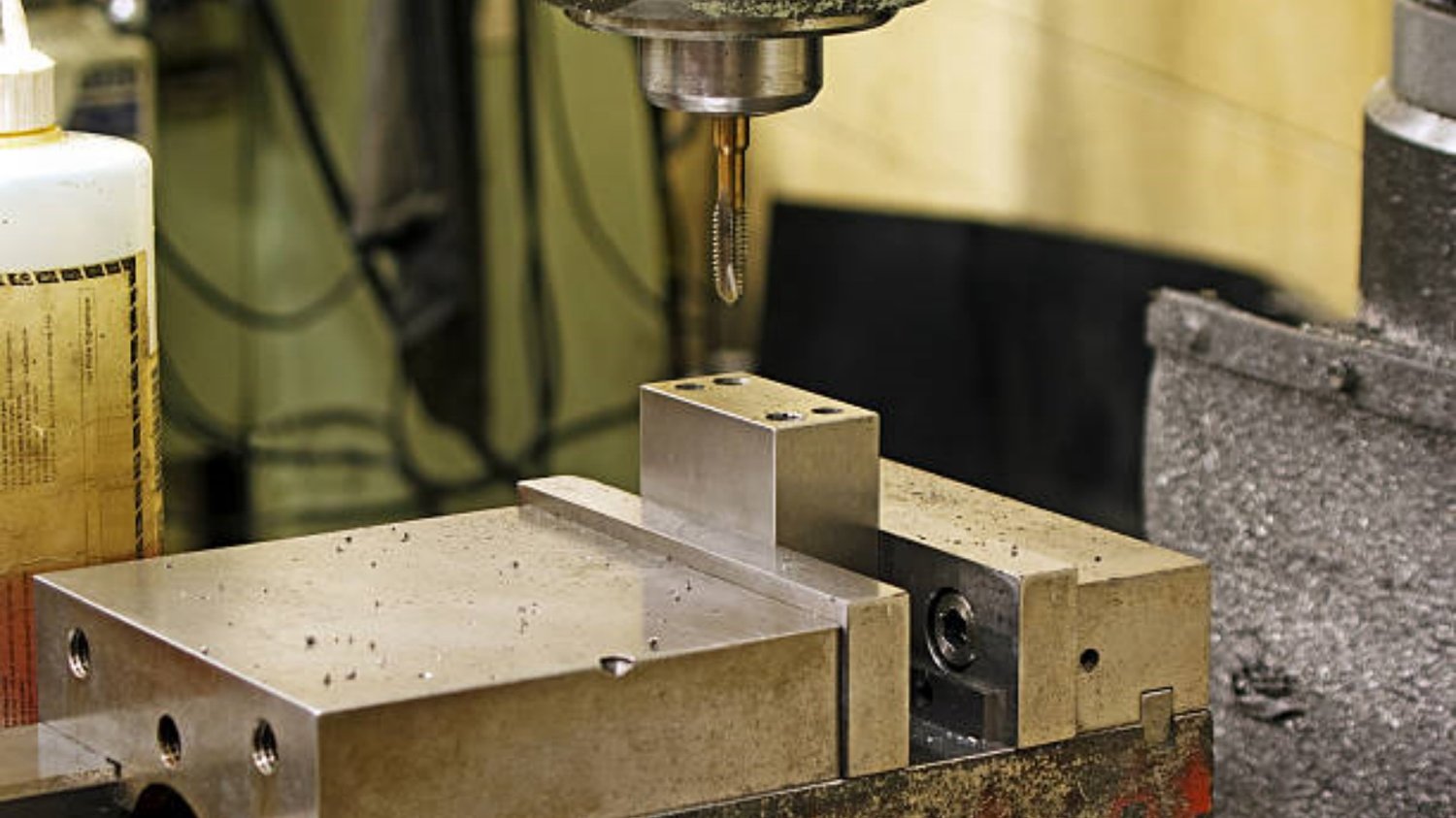Introduction
Roll forming is a process of creating metal parts with a consistent cross-section by feeding metal coils through a series of rolls. While it offers many advantages, like speed, versatility, and quality, there are also some disadvantages to roll forming. In this article, we will explore the various drawbacks of roll forming in-depth.
1. High Initial Investment Costs
Roll forming requires the use of equipment, like roll formers, die sets, and presses. This equipment can be expensive to purchase and maintain. Additionally, there may be costs associated with the design and production of the roll form tooling. These initial costs can be a significant disadvantage for smaller operations, who don't have the budget to justify the investment.
2. Limited Design Customization
While roll forming is a versatile process, the design of the product must take into account the limitations of the roll forming equipment. This can limit the product's complexity and visual appeal. The process may not be suitable for intricate shapes, designs, or features, which may require additional post-processing or assembly work. As such, it may not be a suitable process for customized or one-off products.
3. Long Lead Times of Roll Forming
The design and production of roll form tooling can be a time-consuming process, which may take several weeks or even months to complete. This can cause long lead times, making roll forming a poor choice for products that need to be produced quickly or on-demand. Additionally, long lead times may result in higher inventory carrying costs or delayed product launches.
4. Tooling Repair and Maintenance Costs
The roll forming process can be hard on the tooling, leading to frequent repairs or replacements. Tooling maintenance costs can be significant, especially if the equipment is not properly maintained. These costs must be factored in when considering the overall cost of roll forming, but may not be obvious at the outset.
5. Limited Material Choices of Roll Forming
Roll forming is typically used with metals, like steel and aluminum, although plastics and composites are also possible. However, roll forming may not be suitable for all types of materials, due to the limitations of the equipment or the physical properties of the material. This can limit the choices available to manufacturers who require a specific type of material for their product.
6. Quality Concerns with Coiled Material
Roll forming relies on the use of coiled material, which can have quality issues, like warping, variability in width or thickness, or surface defects. Depending on the context, these quality concerns can be significant, resulting in significant scrap rates or quality control issues.
7. Limited Production Speed
Roll forming is typically associated with moderate production speeds, which may not be fast enough to meet the demands of certain industries, like automotive, aerospace, or electronics. Other faster or more efficient production methods may be more appropriate for those applications, although they may carry other trade-offs.
8. Environmental Concerns of Roll Forming
Roll forming can have environmental drawbacks, like the use of hazardous materials or chemicals, or energy-intensive processes. In some cases, these drawbacks may be significant enough to disqualify roll forming as a viable production method for some products or industries.
9. Limited Precision of Roll Forming
Roll forming equipment may not be capable of providing the same level of precision as other production methods, like CNC machining or injection molding. This can result in a product that does not meet the desired tolerances for a particular application. In some cases, additional post-processing may be necessary to achieve the required level of precision.
10. Poor Adaptability
Roll forming is a process that relies on the use of relatively standardized equipment and tooling. It may not be suitable for products that require frequent changes to the design or production process. Additionally, making changes to the tooling can be a time-consuming and expensive process, which may not be feasible for smaller production runs or customized products.

